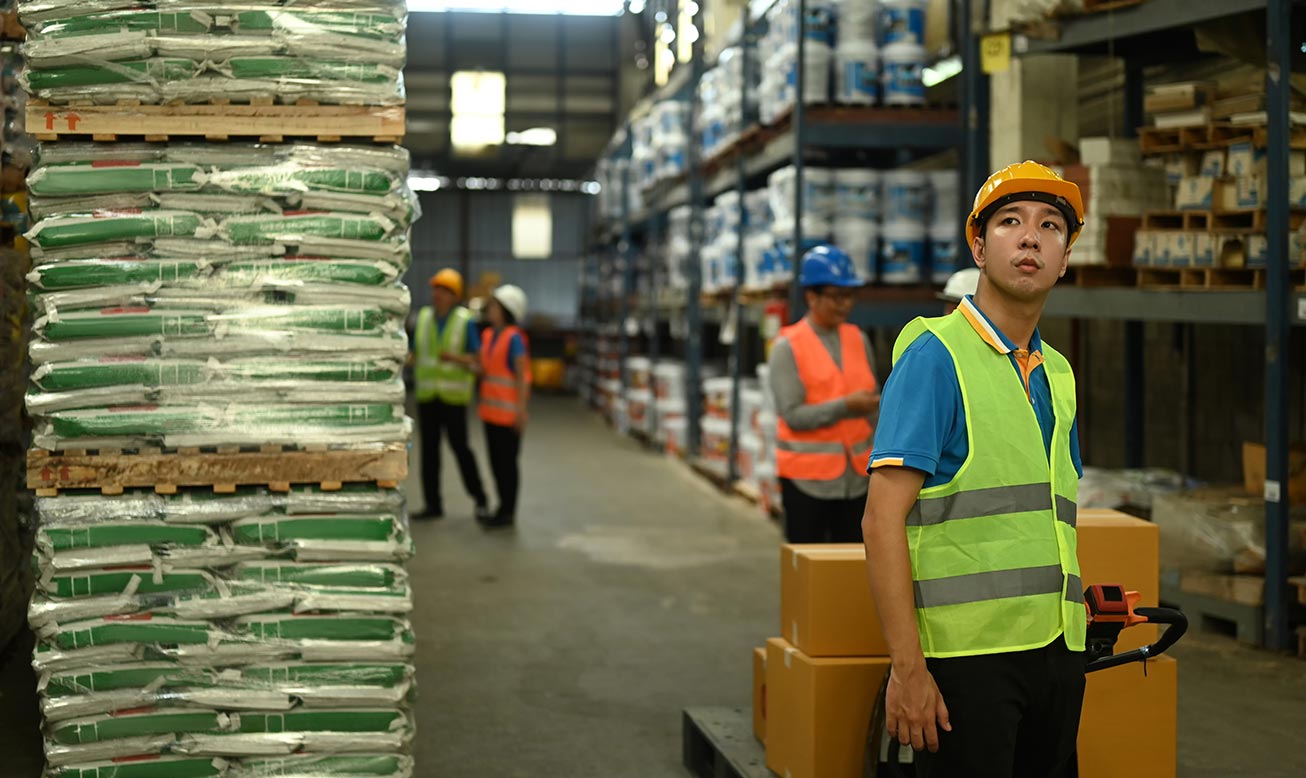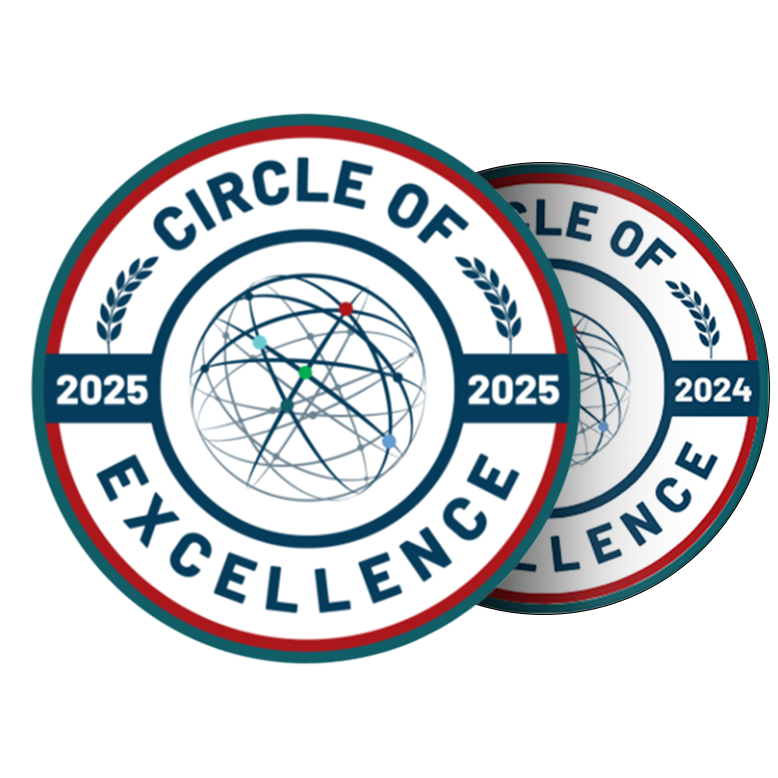August 24, 2024
What Is JIT Excellence And Is It For Me?
Today’s business environment is running fast, and companies continually look for ways to enhance efficiency and minimize waste. One of the most recognized strategies to achieve this is the Just-In-Time (JIT) approach. Firstly introduced by Toyota in the 1970s, the JIT strategy has since become an integral component of modern supply chain management.
What Is the JIT Strategy?
The foundation of the Just-In-Time (JIT) strategy lies in the idea of producing and delivering goods only when they are needed and in the exact quantities required. The main goal of the JIT process is to reduce inventory costs and avoid over or understocking, increasing efficiency by matching production schedules closely with customer demand. In the beginning, businesses implementing JIT aimed to have materials arrive just as they are needed on the production line, minimizing storage costs and reducing the risk of overproduction.
However, while the JIT strategy offers considerable benefits, its successful implementation relies on the stability of the supply chain. Any disruptions, like delays in transportation, unforeseen demand spikes, or supplier issues, can have ongoing effects on production and delivery schedules.
The Evolution of JIT in Logistics and Supply Chain Processes
Before globalization, manufacturers concentrated their operations and supply chains within specific regions. This geographic clustering relatively eased JIT implementation, as suppliers were often located just a few hours away from the production facilities. The proximity allowed for predictable and stable supply chain operations, making just-in-time logistics a feasible and reliable strategy.
With the rise of global markets, supply chains went on dramatic transformations. Suppliers and manufacturers are now often spread across different continents, making the JIT process more complex and risk-prone. The dependency on larger supply chains means businesses must now consider longer lead times, cross-border regulations, and diverse geopolitical factors that can impact delivery timelines.
In an interconnected business world, the key to JIT excellence lies in the meticulous planning and management of logistics processes. Companies must invest in robust supply chain management systems with real-time visibility into every aspect of their operations, including tracking the movement of goods, monitoring inventory levels, and securing clear communication between all stakeholders.

Balancing Efficiency with Flexibility
Warehousing could easily be the cornerstone of a successful implementation of the JIT strategy. Traditionally, warehouses were used to store large quantities of inventory, acting as insurance against fluctuations in demand or supply chain disruptions. However, in a JIT environment, the warehouse is more than a storage facility; it becomes a dynamic hub that supports just-in-time operations.
JIT warehousing focuses on the quick turnover of goods, aiming for products to be stored for the shortest possible time before dispatching them to their final destination. This approach intends to minimize storage costs and reduce the risk of inventory obsolescence. However, it also requires warehouses to be highly responsive and flexible, capable of driving fluctuations in demand and supply with agility.
Businesses have to invest in advanced inventory management systems that allow precise tracking of stock levels and real-time data on product movement to achieve JIT excellence in warehousing. Additionally, strong partnerships with logistics providers are paramount to guarantee that transportation schedules align perfectly with the JIT replenishment needs.
The Challenges of Just-In-Time Implementation
While the benefits of the JIT strategy are clear, its implementation is not without challenges. The success of just-in-time operations relies heavily on having a reliable and predictable supply chain. Any disruptions can have consequences like increased costs, production delays, and potentially, the loss of customer trust.
The main challenge in just-in-time implementation is the risk associated with a supply chain disruption, whatever the causes, such as natural disasters, labor strikes, political instability, and even pandemics. Amidst such scenarios, businesses that rely on JIT may find it hard to meet customer demand, as they lack the extra stock to protect themselves against delays.
Companies must be proactive in their supply chain management to mitigate such risks. Diversifying their supplier base, investing in risk management strategies, and implementing contingency plans might guarantee business continuity in the face of unforeseen events. Additionally, businesses that continuously monitor and evaluate their supply chains to identify potential vulnerabilities and address them before they become critical issues are more likely to succeed.

Technology for JIT Excellence
In the quest for JIT excellence, advanced supply chain management software, real-time data analytics, and automation are all essential tools aiding businesses to optimize their JIT processes. These technologies deliver the visibility and control needed to smoothly run complex supply chains and just-in-time logistics processes.
For instance, businesses utilize real-time data analytics to monitor supply chain performance and identify potential bottlenecks or delays before they impact production. On the other hand, automation can streamline repetitive inventory tasks, freeing up resources for more strategic activities.
Moreover, using Internet of Things (IoT) devices in the supply chain can provide even greater visibility and control. IoT devices can further enhance the level of transparency by tracking the location and condition of goods in transit and providing real-time updates to both suppliers and carriers.
Building Strong Partnerships for JIT Success
Robust relationships built on trust and mutual commitment are essential for the smooth execution of just-in-time operations.
For suppliers, the extension and strength of their network is critical to the success of JIT processes. Reliable and timely deliveries are the goal, and any delays or quality issues can significantly affect them. Therefore, suppliers must be fully aligned with their customers’ JIT objectives and work closely to ensure that their operations support these intentions.
For logistics providers, the challenge lies in meticulously planning and executing transportation schedules to address the JIT needs of their clients. A trustworthy and reputable 3PL deeply understands their client’s business and possesses the ability to adapt quickly to changing circumstances. Most experienced logistics providers also seize the power of technology to optimize routes, manage inventory, and provide real-time updates to their clients.
The Future of JIT Excellence
The pursuit of JIT excellence is a constant challenge for the entire logistics industry. While the JIT strategy offers many benefits in terms of cost savings and efficiency, success in implementing it also demands a deep understanding of the particular supply chain and logistics processes.
As businesses evolve, the key to JIT’s success will be innovating and adapting. Ultimately, just-in-time excellence means more than just minimizing inventory; it is about creating an agile and responsive supply chain capable of delivering value to customers, even in the most challenging circumstances.
At Last Mile Logistics, we have the experience to manage your supply chain operations. Please call us so we can evaluate your transportation needs.

